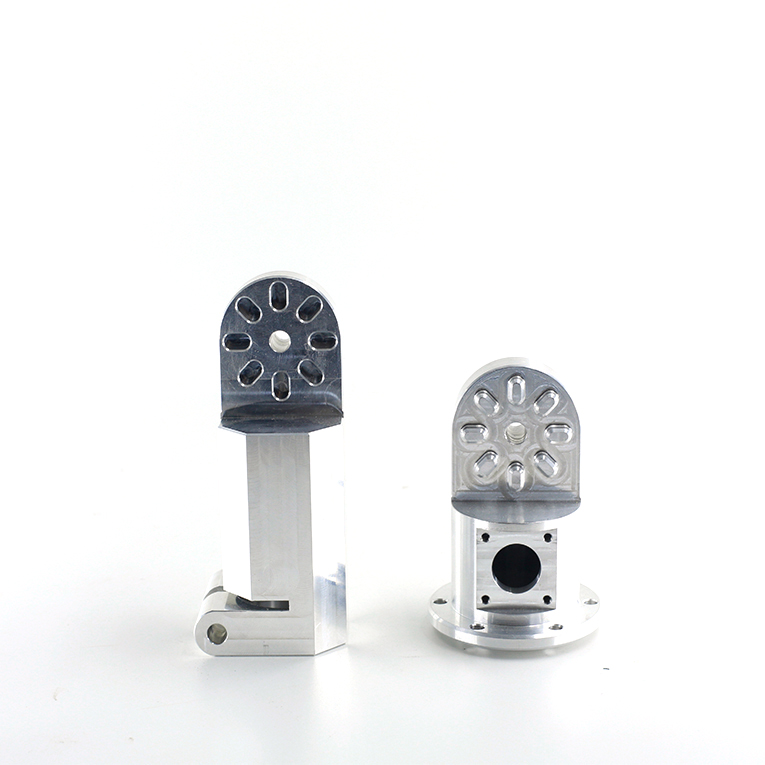
The cylindricality of a machined workpiece is a critical aspect in manufacturing, as it directly affects the quality and performance of the final product. When the cylindricality of a workpiece exceeds the desired tolerance, it can lead to various issues such as decreased functionality, increased friction, and even product failure. Several factors can influence the cylindricality of a machined workpiece, and addressing these factors is crucial to ensure that the final product meets the required specifications.
One of the primary factors that can lead to poor cylindricality is machine tool wear and misalignment. Over time, machine tools can experience wear and tear due to the high forces and speeds involved in machining operations. When the machine tools become worn or misaligned, they may not maintain the required precision during machining. This can result in variations in the diameter of the workpiece, leading to poor cylindricality. To solve this issue, regular maintenance and calibration of machine tools are essential. This includes checking and adjusting the alignment of components, replacing worn parts, and ensuring proper lubrication.
Another factor that can impact cylindricality is the choice of cutting tools and their condition. Using dull or improperly sharpened cutting tools can result in uneven material removal and surface finish, which in turn can affect the cylindricality of the workpiece. To address this issue, it is important to regularly inspect and replace cutting tools as needed. Additionally, selecting the right cutting tool geometry and tool material for the specific machining operation can help maintain better cylindricality.
Workpiece material properties can also play a significant role in cylindricality issues. Some materials are more prone to deformation during machining due to factors like heat generation and elasticity. For example, materials with high thermal expansion coefficients can expand unevenly, leading to deviations in cylindricality. To mitigate this problem, it may be necessary to adjust machining parameters, such as cutting speed and feed rate, to minimize heat generation. Additionally, using coolant or lubricants during machining can help control temperature and reduce material deformation.
Fixturing and clamping methods can also impact cylindricality. If the workpiece is not securely held in place during machining, it can move or vibrate, resulting in deviations from the desired cylindrical shape. Proper fixturing and clamping techniques, including the use of precision fixtures and clamps, are essential to ensure that the workpiece remains stable throughout the machining process.
Tool path planning and machining strategy are critical aspects that can affect cylindricality as well. Inefficient tool paths or improper machining strategies can lead to uneven material removal and shape deviations. Utilizing advanced machining software and strategies, such as high-speed machining or adaptive machining, can help improve the consistency of cylindricality.
Environmental factors, such as temperature and humidity fluctuations, can also have an impact on cylindricality. These factors can cause thermal expansion or contraction of machine components and workpieces, leading to dimensional variations. To address this issue, maintaining a stable and controlled machining environment is important. This may involve using temperature and humidity control systems in the machining area.
In conclusion, achieving and maintaining the desired cylindricality of machined workpieces is crucial for producing high-quality products. To address cylindricality issues, manufacturers need to consider a combination of factors, including machine tool maintenance, cutting tool selection and condition, workpiece material properties, fixturing and clamping methods, tool path planning, and environmental control. By carefully addressing these factors and implementing appropriate corrective measures, manufacturers can ensure that their machined workpieces meet the required cylindricality specifications, leading to improved product quality and performance.

Copyright © 2025 Dongguan Yifeng Metal Co., Ltd. | All Rights Reserved